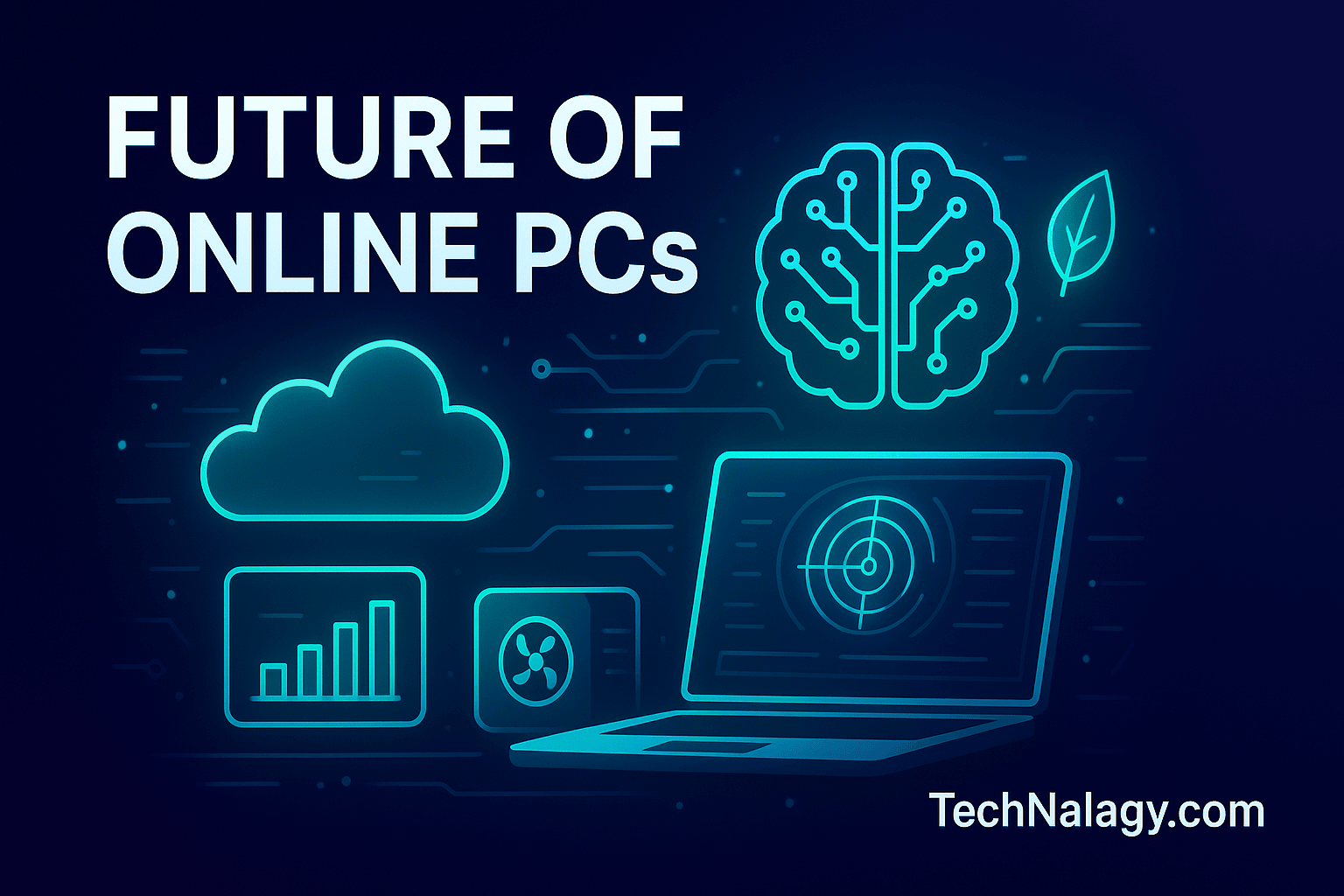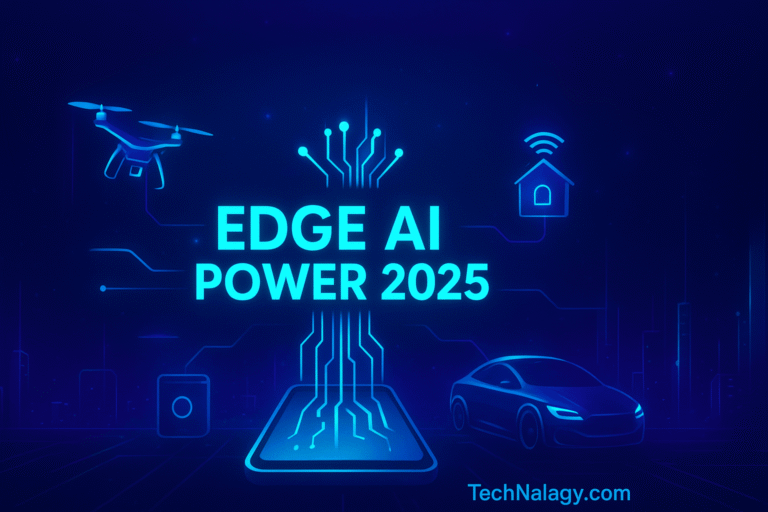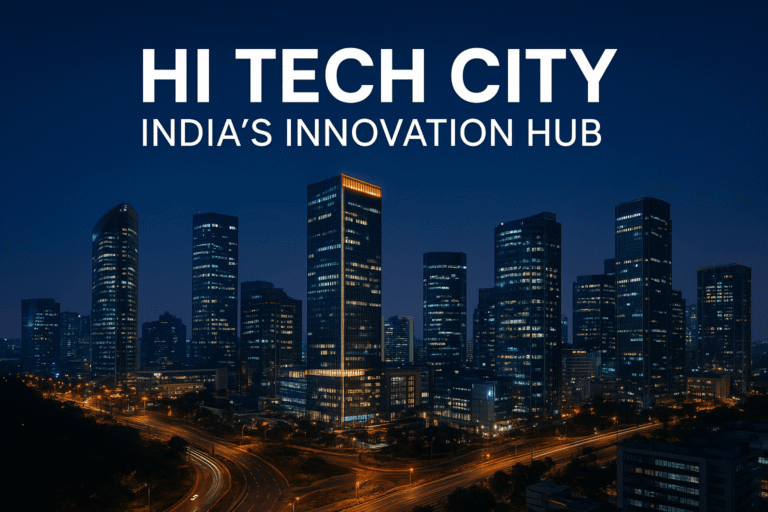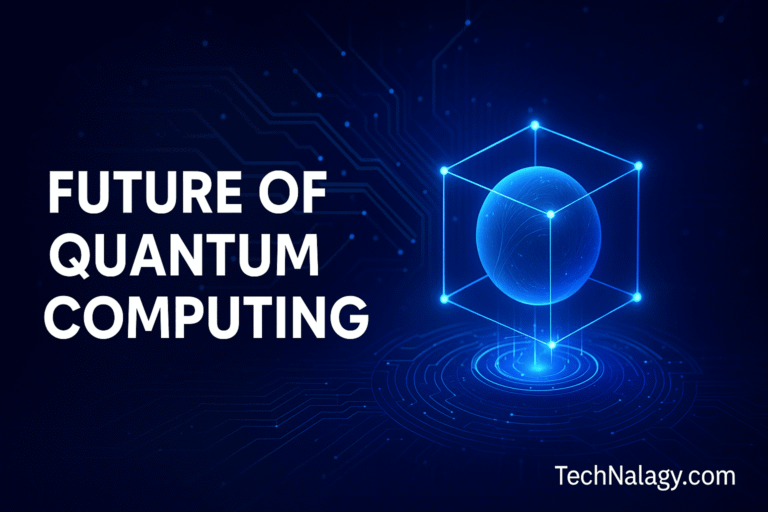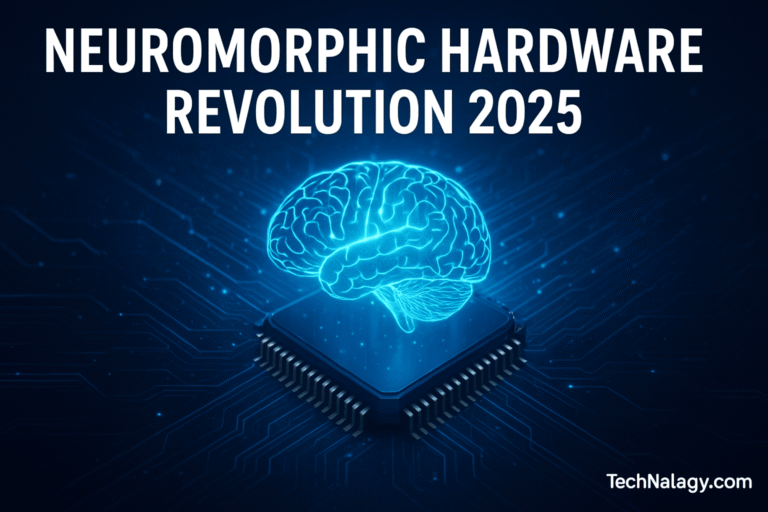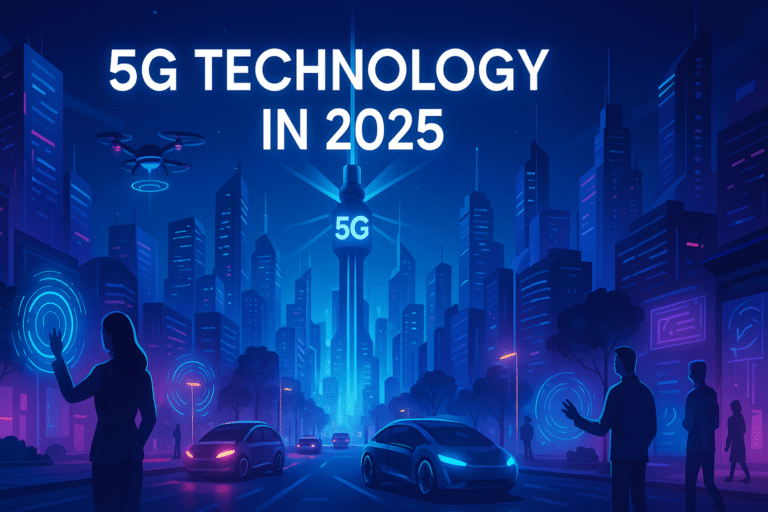10 Brilliant Trends Driving the Future of Online PC Technology in 2025
Online PC Technology is transforming how we work, create, and collaborate. As computing power moves from bulky hardware to flexible cloud platforms, 2025 promises a wave of exciting innovations. From AI-driven performance tools to greener, fanless machines, the future of online PCs is smarter, faster, and more sustainable than ever.
In this guide, we explore ten brilliant trends shaping the next chapter of Online PC Technology — and how you can leverage them to stay ahead.
Table of Contents
1. AI-Powered Online PC Platforms
Artificial intelligence is no longer limited to smart speakers or chatbots. In 2025, AI is deeply integrated into Online PC Technology. Intelligent algorithms analyze resource usage, predict system bottlenecks, and optimize performance automatically.
Many platforms now include built-in virtual assistants that learn user behavior, offer shortcuts, and troubleshoot in real time. According to Gartner’s Technology Trends, AI-driven automation is set to redefine productivity tools for businesses and individuals alike.
2. Advanced Cloud Integration for Seamless Access
Cloud computing continues to power the growth of Online PC Technology. Modern services provide instant access to applications and files from any device, eliminating the need for heavy local setups.
Solutions such as Cyroket2585 Online PC showcase how premium cloud platforms integrate with productivity suites, file storage, and security layers. This fusion allows professionals to run demanding software or gaming titles with minimal lag, even on lightweight hardware.
3. Enhanced Cybersecurity Protocols
With data flowing between remote servers and end users, cybersecurity has become a cornerstone of Online PC Technology. Zero-trust frameworks, end-to-end encryption, and biometric authentication are now standard features.
Users should look for services that provide multi-factor login, AI-based threat detection, and automatic patch management. These safeguards reduce risks while keeping the user experience smooth.
4. Fanless and Energy-Efficient Hardware
Hardware design is evolving alongside online services. Fanless mini PCs and ultra-efficient processors offer silent, cool operation while consuming less power. They are ideal for home offices or hybrid work environments.
If you want to explore compact computing options, check out Fanless Mini PC Home Office 2025 for inspiration on quiet, eco-friendly setups that pair perfectly with online platforms.
5. Real-Time Collaboration Tools
Collaboration is at the heart of modern productivity. Online PC Technology now integrates video conferencing, shared whiteboards, live document editing, and chat tools directly into virtual desktops.
This means you can brainstorm, design, and execute projects with colleagues worldwide without switching between apps or losing focus.
6. Immersive 3D and Augmented Reality Experiences
Augmented and virtual reality are opening new doors for Online PC Technology. Designers can manipulate 3D models in real time, educators can deliver interactive lessons, and technical support teams can guide customers through complex repairs with AR overlays.
These immersive tools make remote interactions more engaging and efficient, blurring the lines between physical and digital workspaces.
7. Edge Computing Meets Online PCs
Latency is one of the biggest challenges for cloud-based services. Edge computing solves this by processing data closer to the user, resulting in faster response times.
Online PC platforms are increasingly deploying edge servers for gaming, IoT management, and AI training. This hybrid approach blends the scalability of the cloud with near-instant performance.
8. Subscription-Based Services and Flexible Pricing
Subscription models are reshaping how people access Online PC Technology. Instead of buying expensive hardware upfront, users can subscribe to scalable resources that match their workload.
Monthly or yearly plans allow businesses to adjust computing power as projects grow, while individuals enjoy predictable costs and access to premium updates.
9. Performance Optimization Tools
Performance monitoring is moving beyond simple task managers. Advanced utilities now analyze CPU, GPU, and network usage in real time, suggesting tweaks that improve speed and stability.
Some tools even automate resource allocation across heavy apps, ensuring that online PCs deliver smooth multitasking without manual configuration.
10. Sustainable and Green Computing
Environmental responsibility is a rising priority in the tech industry. Many providers of Online PC Technology are adopting carbon-neutral hosting, recyclable materials, and low-power chipsets.
These initiatives not only reduce emissions but also lower operating costs — a win for both the planet and your budget.
Practical Tips to Stay Ahead
- Evaluate providers carefully: Look for platforms offering AI optimization, layered security, and responsive support.
- Stay updated: Keep an eye on new releases and software patches to maintain peak performance.
- Invest in efficiency: Pair your online platform with energy-saving peripherals and ergonomic accessories.
By staying informed, you can maximize productivity while embracing the full potential of Online PC Technology.
Conclusion
The future of Online PC Technology is packed with innovation: smarter AI tools, greener devices, and ultra-fast infrastructure are changing how we work, learn, and play.
Whether you’re a business leader, gamer, or remote professional, these ten trends offer opportunities to improve efficiency and creativity. Start exploring them now to stay ahead of the curve in 2025 and beyond.

Kamran Khatri is the founder of technalagy.com, where he shares insights on AI, future tech, gadgets, smart homes, and the latest tech news. Passionate about making innovation simple and accessible, he writes guides, reviews, and opinions that help readers stay ahead in the digital world.

